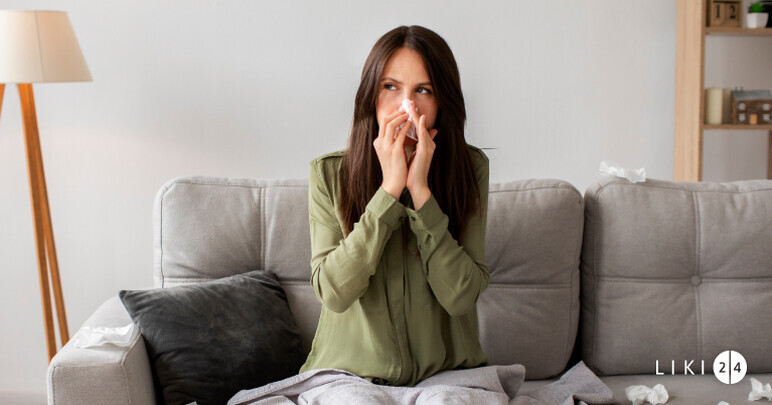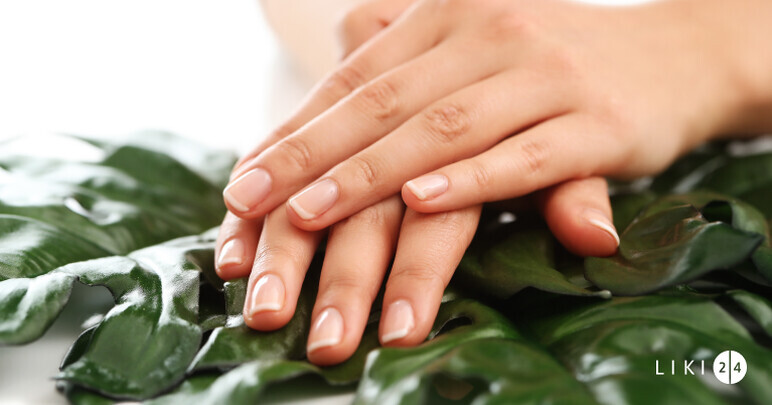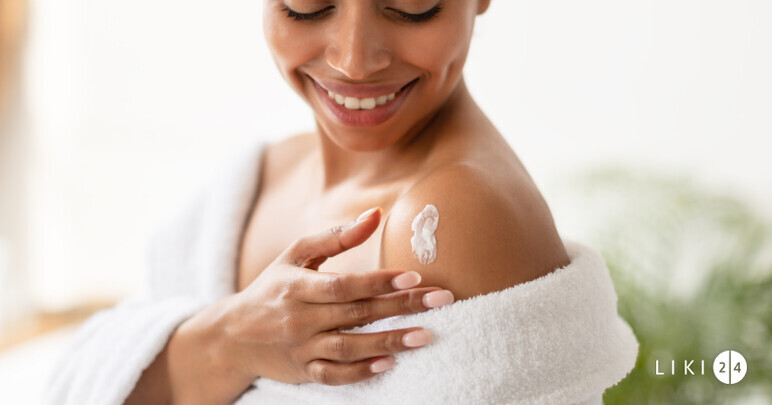Arnica cream DermoTIS, 50 ml, Tis Farmaceutic
Arnica
Description Arnica
The information in the FAQ section was created by the Liki24.co.uk team and is based on the official manufacturer's manual
Arnica has been used for medicinal purposes since the 1500s and is still popular today. It can be applied to the skin in the form of a cream, ointment, balm, salve, or tincture or infusion. It can be used for benefits such as muscle pain relief, inflammation reduction, and wound healing. It is commonly used for sprains and bruises. As a plant, it is applied to the skin, as it can cause serious side effects if ingested. Some homeopathic remedies for oral administration contain arnica in a diluted form, which is not considered dangerous if the recommended dose is followed.
What is Arnica?
Arnica montana L. is a perennial plant with yellow-orange flowers similar to daisies. The stems can reach 20–40 cm in height, are round and covered with hairs, and the leaves are bright green and serrated at the top. The lower leaves are rounded at the tips. The inflorescence can grow up to 4–6 cm and is harvested for the preparation of ointments, oils and tinctures.
Arnica propagates by seeds, but approximately 20% of these do not germinate, which is why it is difficult to cultivate. It is recommended to grow the plants first in a nursery and then move them to the field. The inflorescences should be harvested when fully developed, without keeping the bracts and receptacles. The roots can be harvested in autumn and then dried after being thoroughly washed.
What are the benefits of Arnica?
Arnica contains essential oils, fatty acids, thymol, pseudoguaianolidic sesquiterpene lactones and flavanone glycosides. Arnica flowers contain flavonoids and lignans, which are amazing antioxidants. Thanks to the presence of these compounds, Arnica has the following properties:
- anti-inflammatory;
- antidiabetic;
- antitumour;
- antibacterial;
- antiseptic;
- antiseptic;
- decongestive;
- analgesic – in rheumatoid arthritis and osteoporosis;
- in accelerating the healing process of contusions.
What arnica-based remedies are there?
The inflorescence is used to prepare creams, ointments, gels, tinctures, and teas.
Arnica cream
Applied as a cream or gel, arnica has anti-inflammatory and antiseptic properties.
Creams stimulate circulation, promoting the body's healing process, helping to reduce swelling and relieve pain. Therefore, arnica creams can be used after surgery, as well as for inflamed areas of the feet and ankles, in cases of plantar fasciitis, sprains or tendinitis. They can be used to reduce inflammation caused by insect bites, swelling after fractures and burns.
Arnica oil
The oil obtained from the flowers of this plant can be used topically to reduce inflammatory pain and swelling associated with bruises, sprains, muscle pain, arthritis and even acne.
Arnica tea
Arnica tea is used externally as a compress for bruises and contusions, but also internally as a gargle made from an infusion of one teaspoon of the plant in a cup of water.
Arnica flower ointments
Ointments contain over 80% oils, so they are much fattier, absorb more slowly and remain on the skin's surface, contributing to better permeability of the active ingredient over time and protecting the treated area.
Arnica ointments are effective for joint or back pain, neck stiffness, sciatica, sprains, rheumatoid arthritis and fractures, osteoarthritis, as they help maintain flexibility and prevent the production of uric acid, which can cause joint pain in the body.
What conditions does Arnica treat?
Bruises
Also known as bruises, they most commonly appear on the arms or legs. Arnica has been shown to effectively reduce even laser-induced bruising. Apply a thin layer of cream, gel or ointment containing arnica 2-3 times a day and massage gently until completely absorbed. Products containing arnica have astringent, decongestant, blood circulation-activating and mild analgesic properties.
Broken veins
When larger blood vessels just below the skin's surface break, they look like spider webs, with red, purple or green-blue veins ranging from one millimetre to a few centimetres in size. They appear on the legs, but also on the face or nose. They are caused by genetic factors, sun exposure, weather or pressure changes, environmental irritants, pregnancy, rosacea, alcohol consumption or injuries.
The oil helps reduce the appearance of broken veins, but should be tested on a small area of skin as it may cause allergic reactions.
Poor venous circulation
People who experience tingling, numbness, throbbing or burning pain and muscle cramps, especially in the extremities, may have poor venous circulation. Arnica stimulates venous circulation. Concentrated oil offers maximum benefits for this condition.
Oedema
This is swelling caused by excess fluid in the body's tissues. It usually occurs in the legs, ankles and feet, but can also occur in other parts of the body, such as the hands, face, abdomen or lungs. It can affect the entire body.
Arnica-based products can be useful in reducing swelling associated with oedema, in addition to treatment to combat excess fluid and reduce salt intake.
Arthritis
This is a condition that causes joint pain and inflammation in people of all ages, including children. The two most common types of arthritis are osteoarthritis and rheumatoid arthritis.
Arnica gel is recommended as a treatment twice a day for 6 weeks.
What are the side effects of Arnica?
When used for long periods of time, Arnica can irritate the skin, causing eczema, exfoliation, blisters or other skin conditions.
What are the contraindications for Arnica?
Arnica is contraindicated in cases of cracked skin or open wounds, such as leg ulcers.
Arnica accentuates pain in the legs 24 hours after patients have performed physical exercises for the calves.
People who are allergic to Arnica should avoid products containing it. Pregnant or breastfeeding women should consult their doctor before applying an Arnica-based product to the skin.
What are the side effects of Arnica?
If ingested, it can irritate the mucous membranes, causing stomach pain, diarrhoea and vomiting. In high doses, it can cause dizziness, tremors, severe gastroenteritis, internal bleeding in the digestive tract, nervousness, increased liver enzymes, rapid heartbeat, muscle weakness and even death.
Arnica contains a toxin called helenalin, which can be poisonous if Arnica is consumed internally in large quantities or if small but concentrated amounts are used.
Features
| Category | Vitamins and Supplements, Healthy joints, bones and muscles, Trauma and Rheumatology, Cardio-Vascular System, Variсose veins, Hemorrhoids, Tinctures, Creams and Ointments, Beauty and Care, Body care, Body creams, Cosmetic oils, Diet and Nutrition, Oils and Butters, Oils, Drinks, Teas, Vegan cosmetics |
| Brand | Aboca, Adams Vision, Adya Green Pharma, Alevia, Aroma Plant Bonchis, Boericke, Ceta Sibiu, Diagnosis, FarmaClass, Faunus Plant, GorVita, Herbamedicus, La Saponaria, Larix, Mebra, Naturalis, Plant Extrakt, Stef Mar Valcea, Stolz Gmbh, Tis Farmaceutic, Transvital, Vitalia, Zanna |
| Product type | Balsam, Cream, Gels, Oil, Ointment, Solution |

Arnica ointment, 40 g, Ceta Sibiu
Great cream! Really just enough of it!

Arnica ointment, 40 g, Ceta Sibiu
Recommended for aches and pains! Great cream!

Arnica tea, 30 g, Stef Mar Valcea
Great herbal tea that helps a lot!

Arnică Oil, 120 ml, Plant Extrakt
I recommend! Very good for pain!

Arnica ointment, 40 g, Ceta Sibiu
I confidently recommend for use

Balm with Arnica extract, 250 ml, Herbamedicus
This cream absolutely must not miss excellent product

Arnica ointment, 50 ml, Aboca
The product is great and I use it for arthritis

Santaderm arnica extract gel, 50 ml, Vitalia
A+ for the product and delivery!

























































